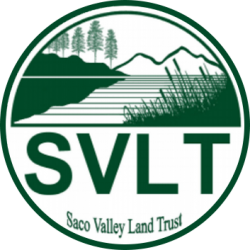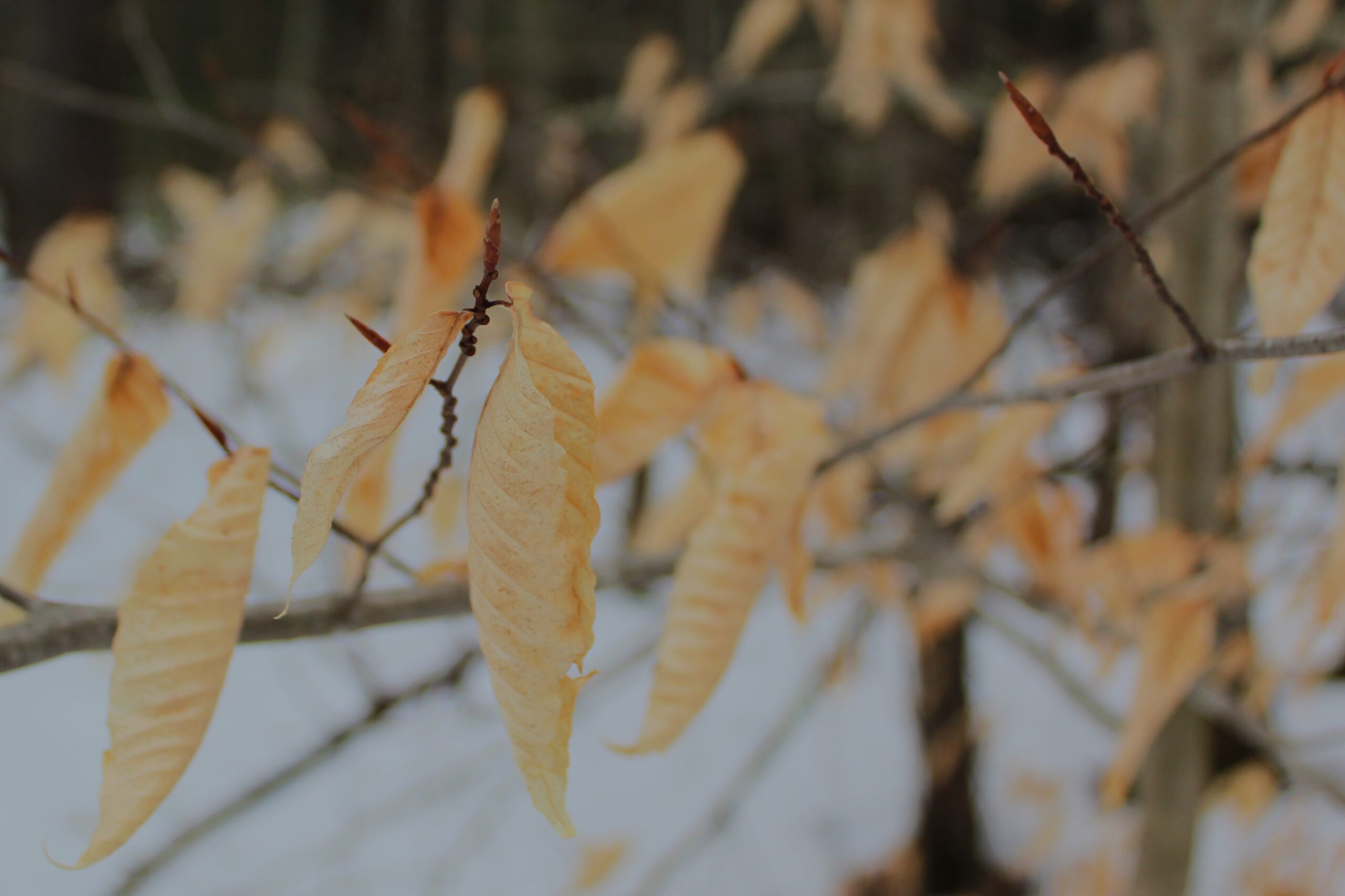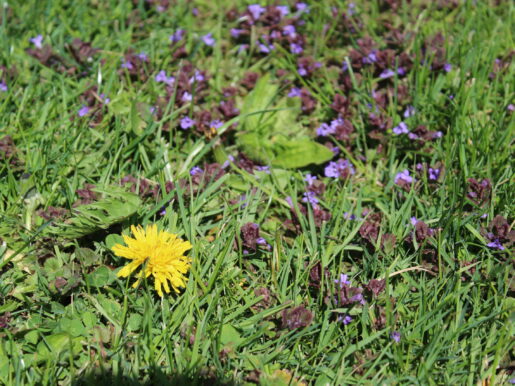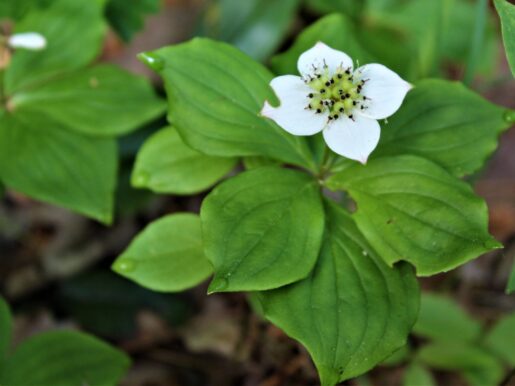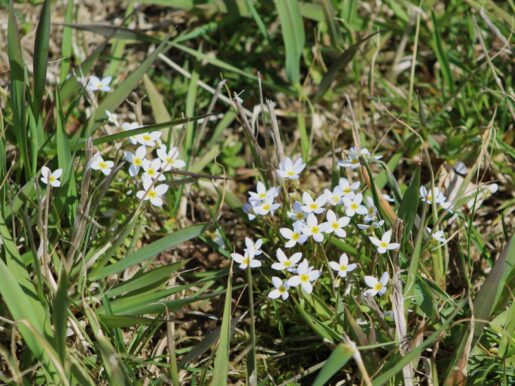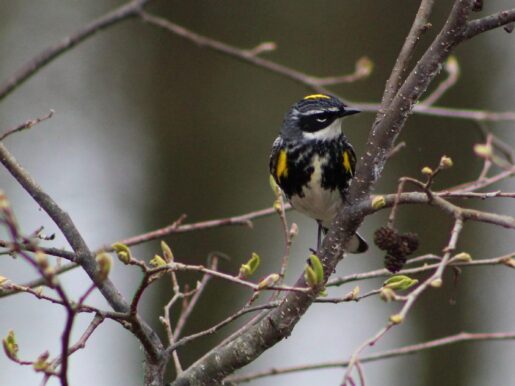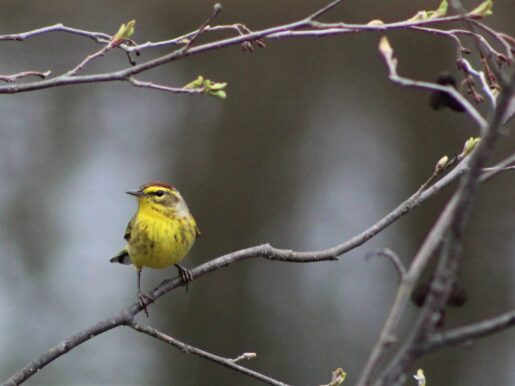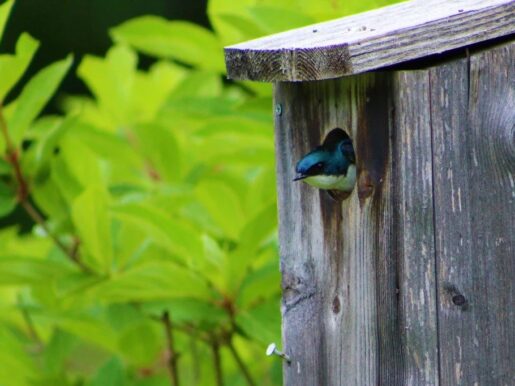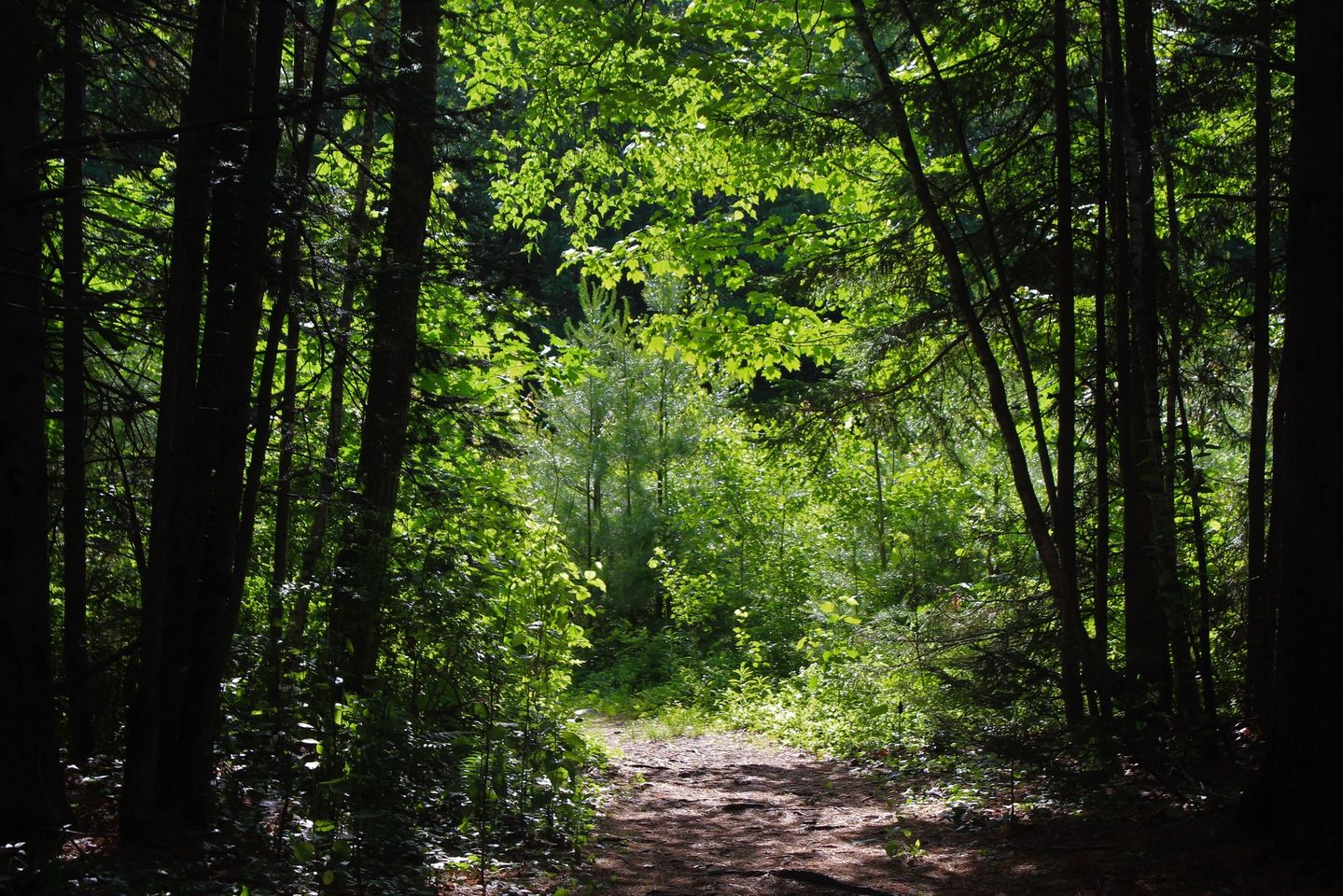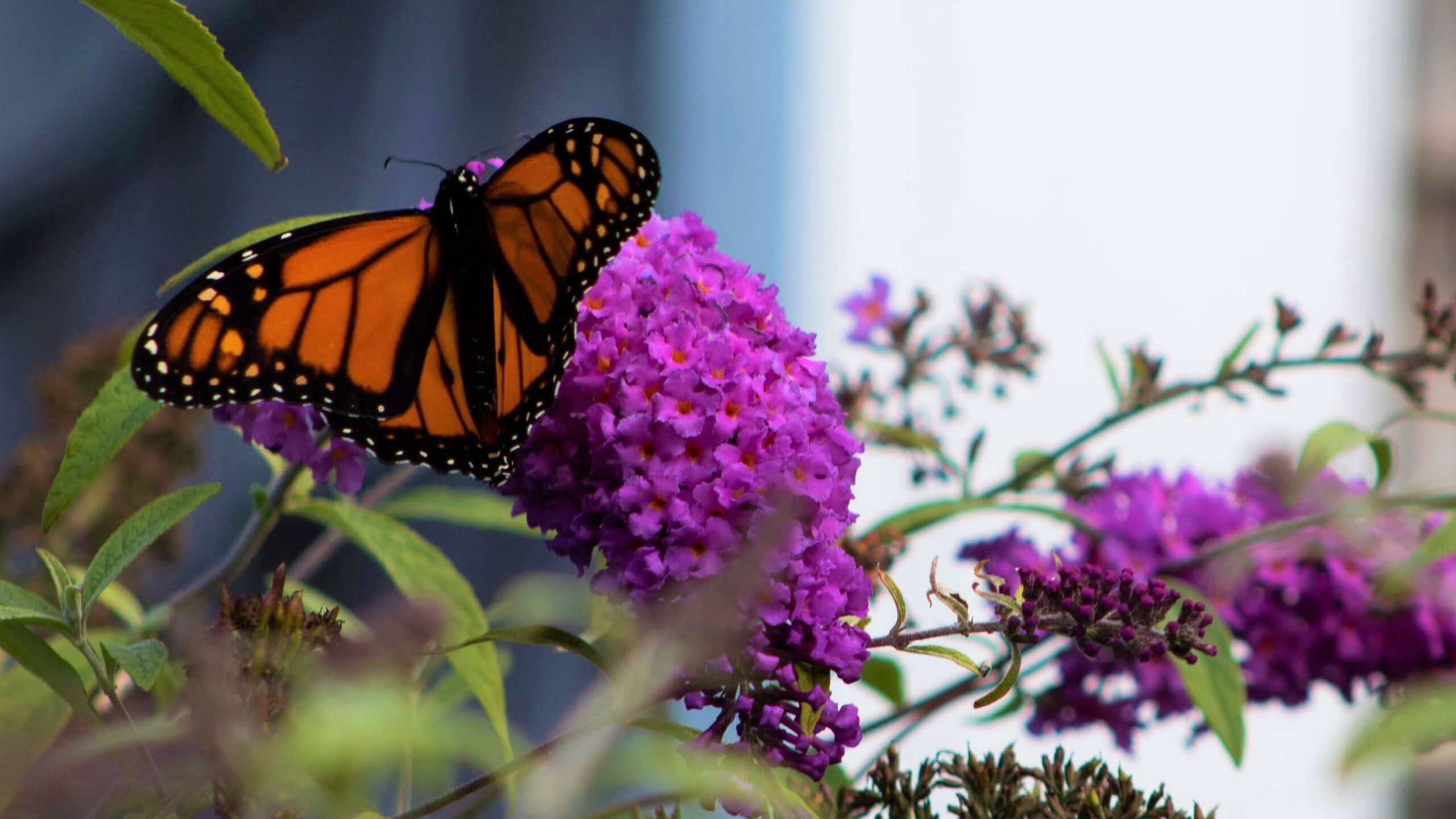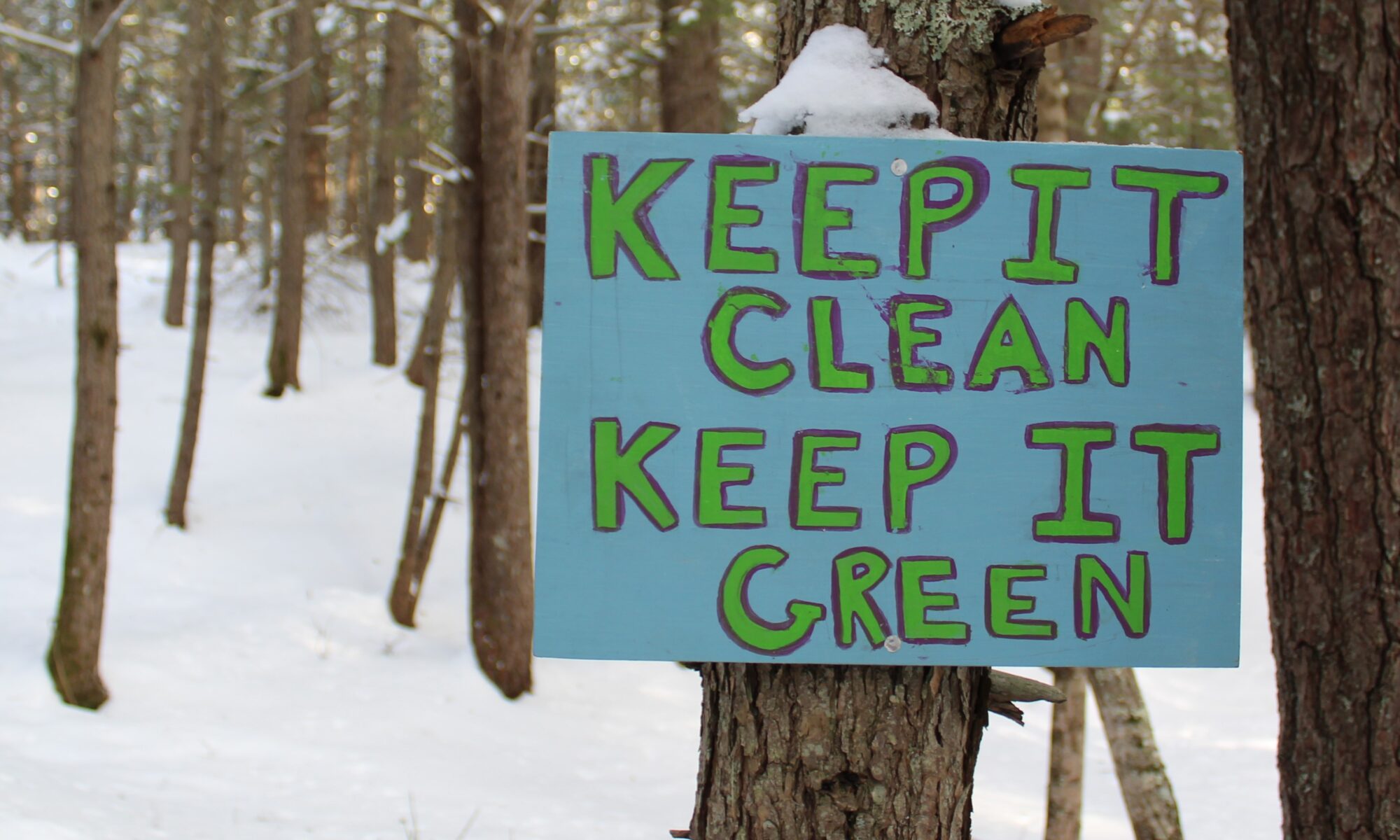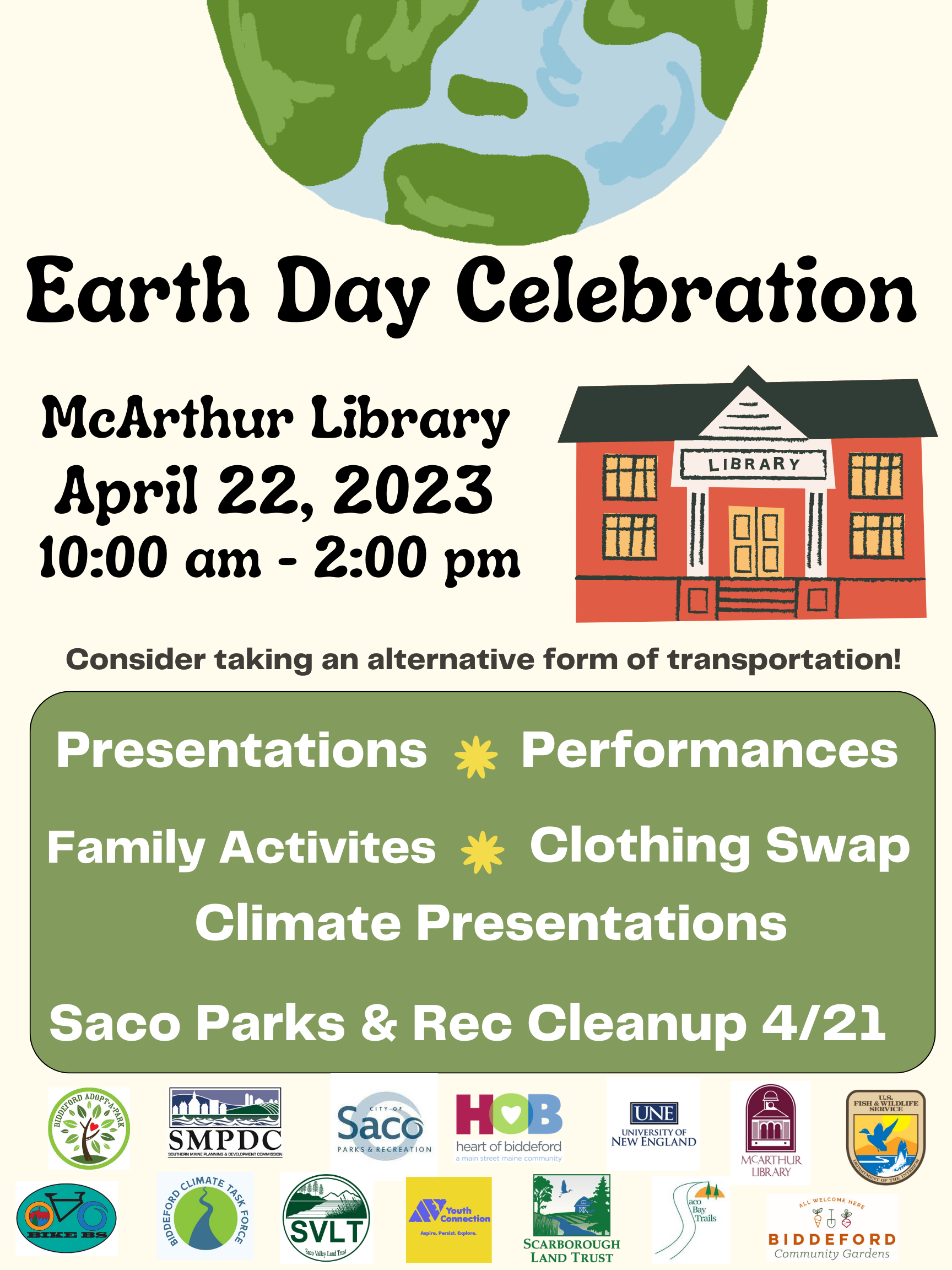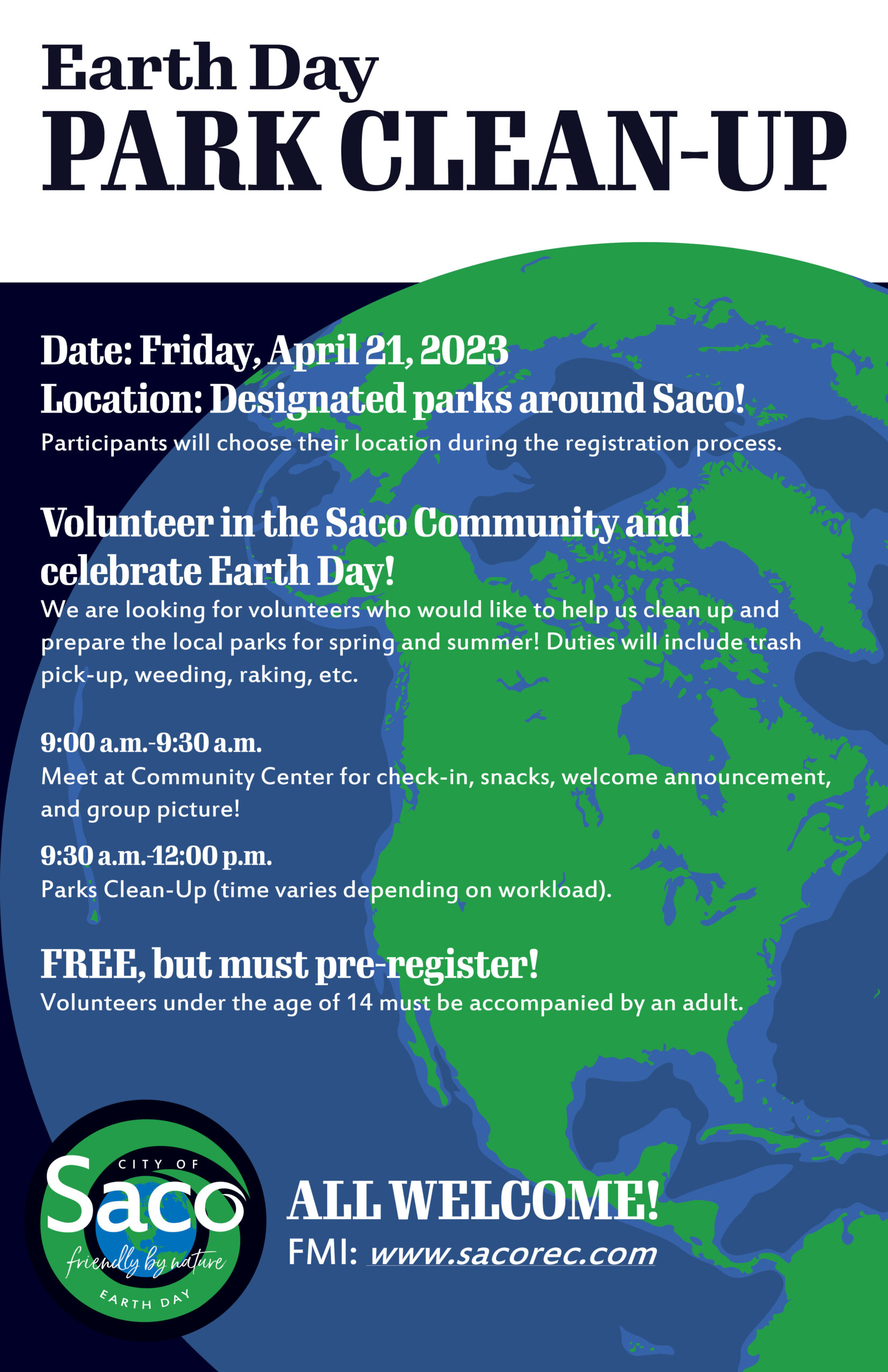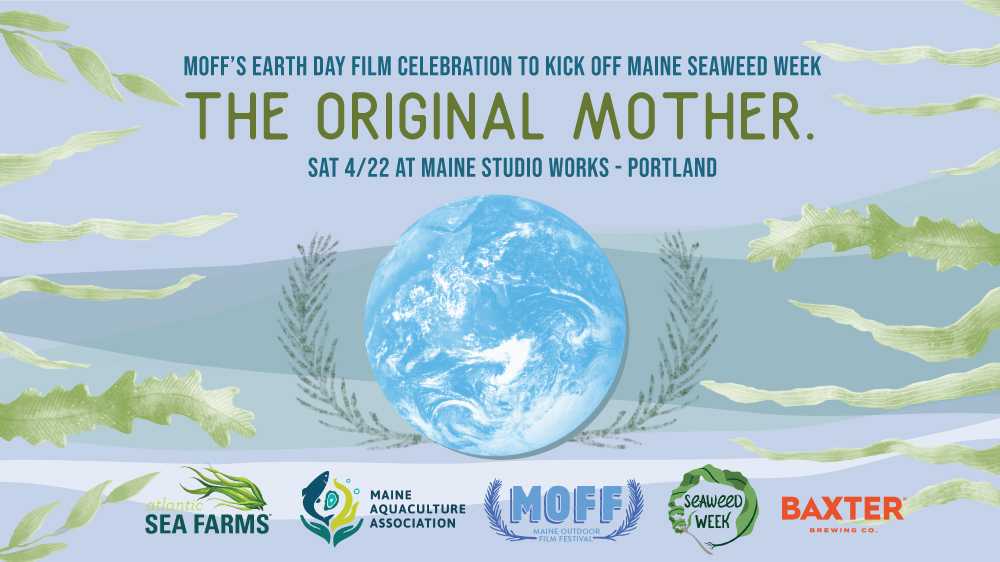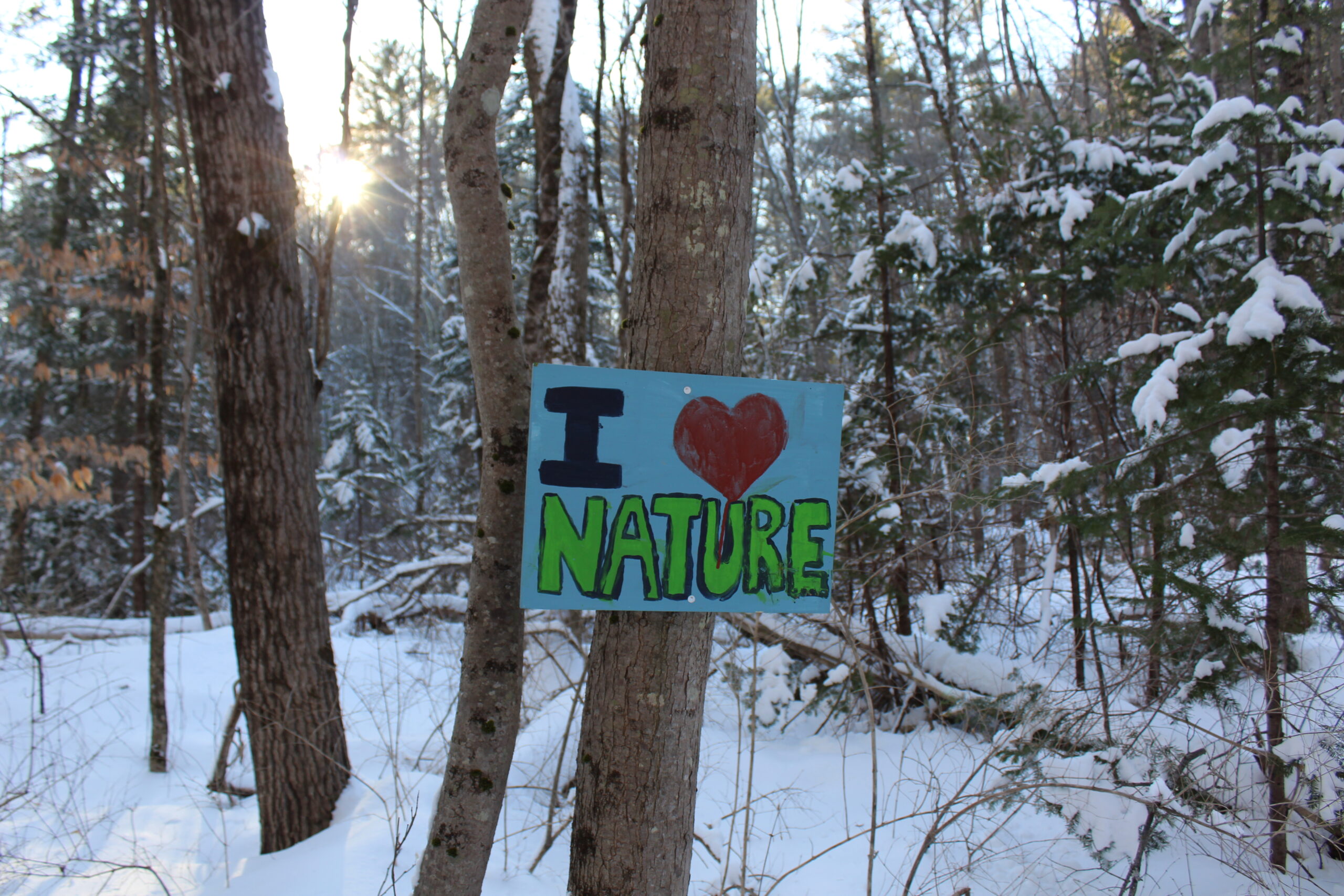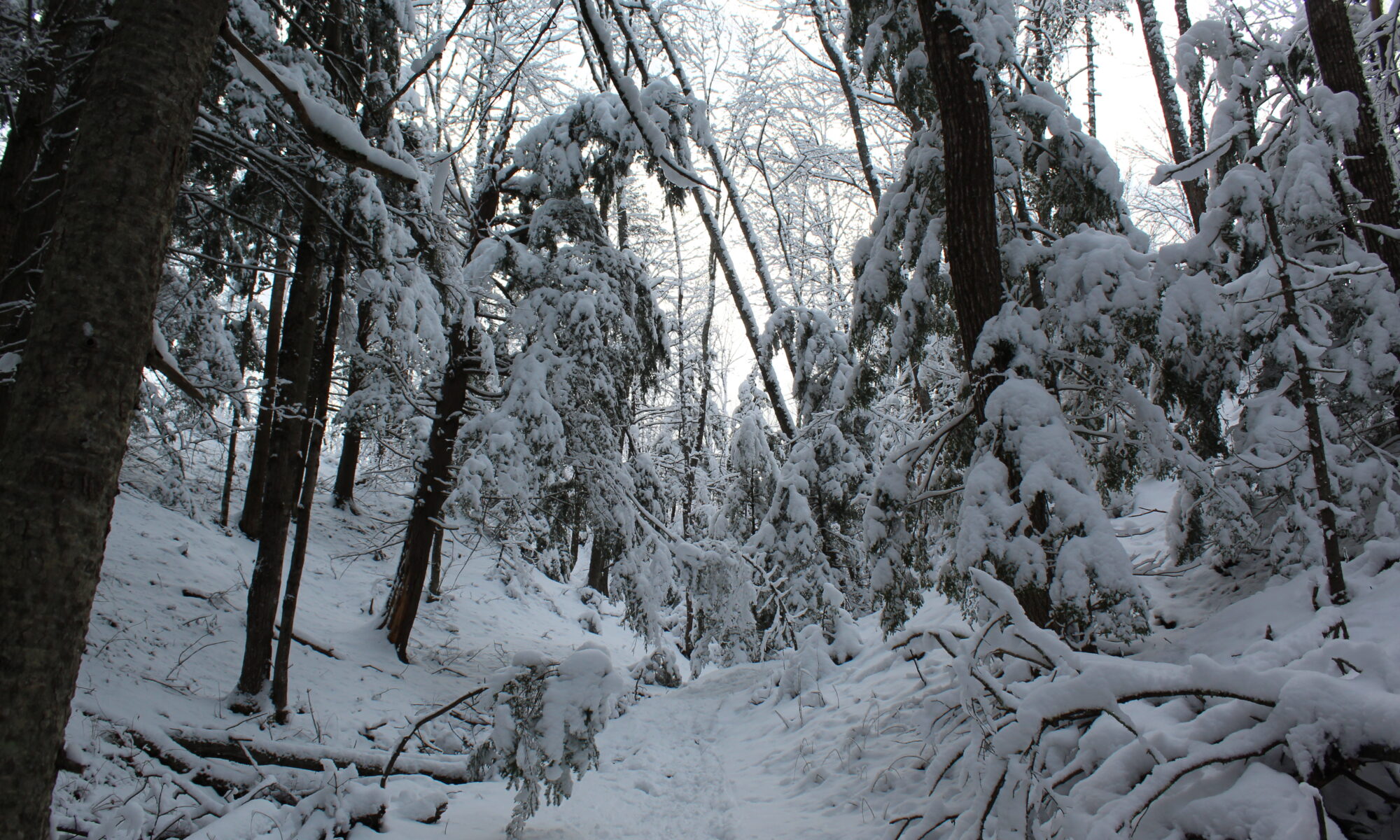Conifers of Maine
Coniferous trees! Do they all look the same? Read more and find out how to identify species of evergreen, all year around.
Pine needles are grown in clusters off of branches and the number of needles per bunch can help you identify the species. Eastern White Pine (Pinus strobus) has 5 needles per cluster, Pitch Pine (Pinus rigida) has 3, and Red Pine (Pinus resinosa) has 2 needles per bunch.
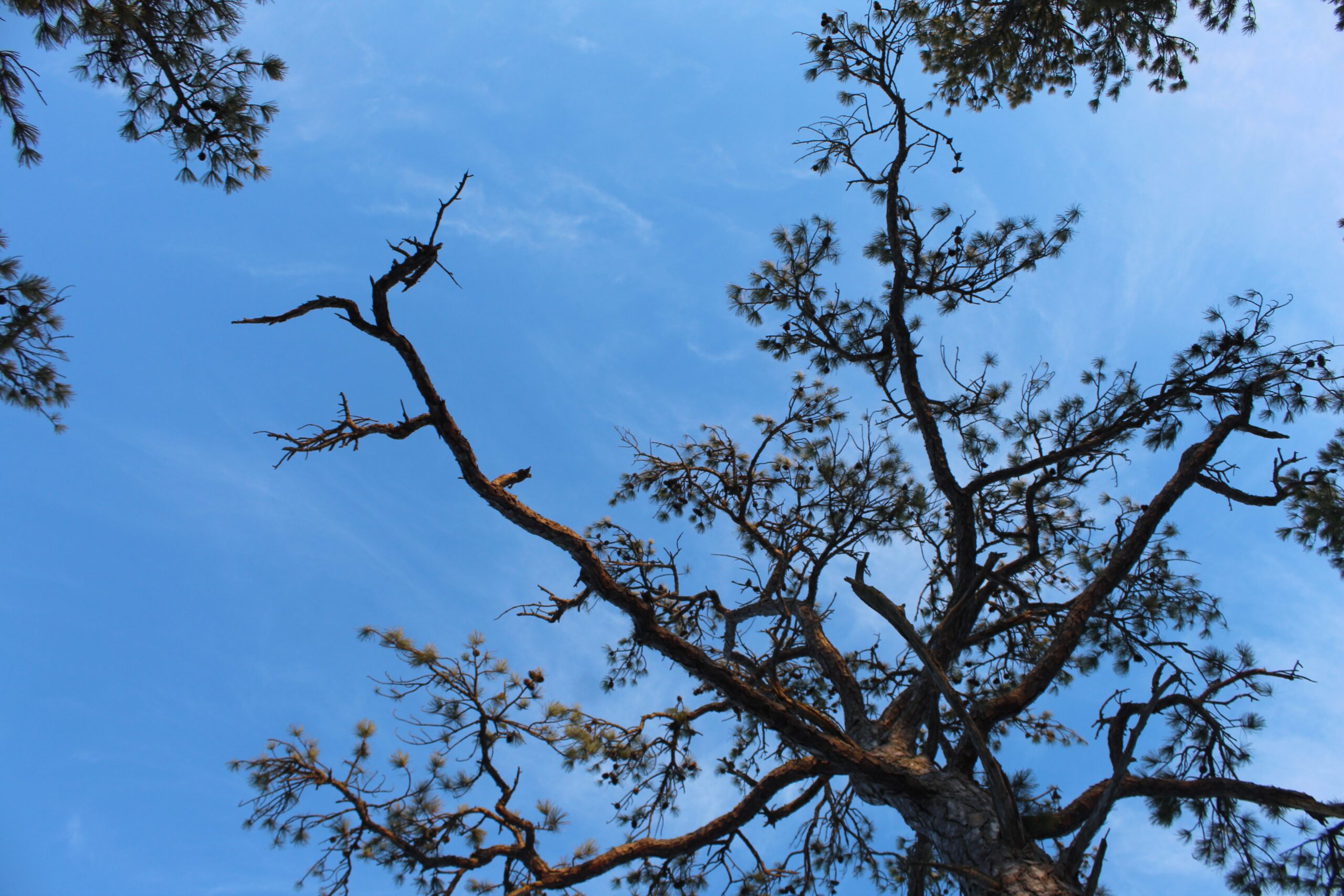
Color can be tricky to use as a distinguishing factor, however at times it is helpful. Eastern white pine needles have a bluish green hue, while Red pines have a dark green needle, and Pitch pines are much more greenish yellow.
Maine is home to one deciduous conifer- a tree that has needles which fall off in the autumn. The Eastern tamarack (Larix laricina), also known as larch, or hackmatack, is a softwood found scattered throughout the state. It occurs in cool and swampy environments with well-drained soils. The needles grow off the branch in clusters or spurs of 8 needles. They turn bright yellow in September before they fall. The short cones grow off of the branch which then open up to spread winged seeds all over the ground below the tree in autumn.
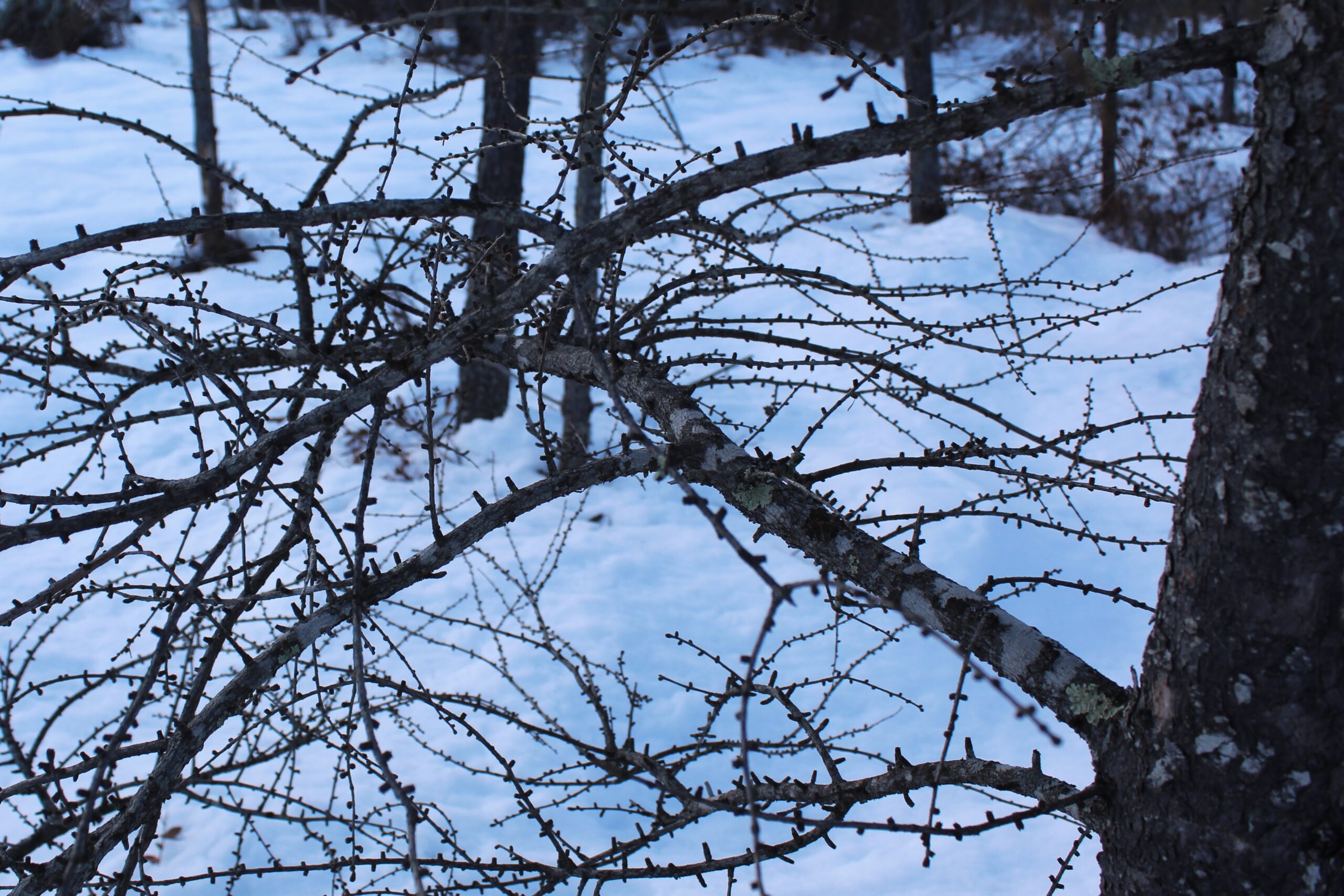
There are three Spruce species in the state- Black (Picea mariana), Red (Picea rubens), and White (Picea glauca). You can use characteristics of the needles to identify them. Black spruce needles are bluish in color with no shininess. Red spruce needles have very shiny needles and White spruce are not shiny but have a strong odor when crushed between your fingers.
You may also use the shapes of the cones to help distinguish the trees. Black spruces have spherical cones, the red spruce cones are wide in the middle, while the white spruce has cylindrical cones.
Balsam fir (Abies balsamea) is another iconic species in the north woods of Maine but does occur state wide. This fir grows in a sharp spire with very regular whirls for branches, giving the tree stunning symmetry. The bark has blemishes filled with pitch or sap. This resin is so sticky it was once used to mount microscope slides and was used in theater costume making. It’s symmetry as well as aromatic needles make it an easy choice for a Christmas tree.
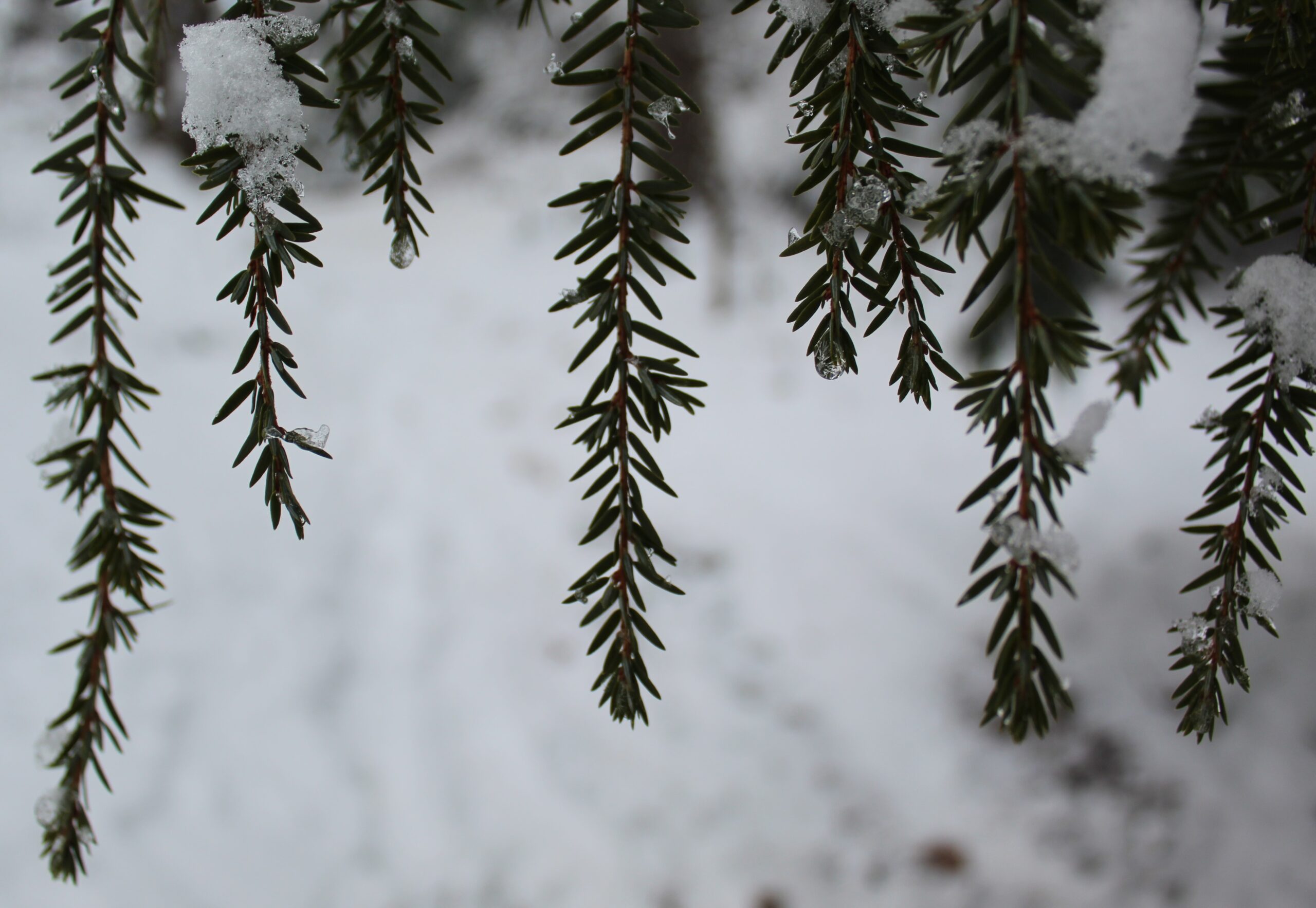
Eastern hemlocks (Tsuga canadensis) typically dominate moist and cool habitats of Maine. This semi shade-tolerant species has scaly bark that can have a reddish-brown hue or be mostly gray. The leaves are flat which is a major difference between this tree and a spruce. The needles are yellowish green with white on the bottom.
Atlantic white-cedar (Chamaecyparis thyoides) is a common species in low areas or bogs. It can be found as far south as York County. It is a short tree- rarely found over 40 feet- with short branches and has scaly leaves which are arranged in fanlike structures. These white-cedar needles emit an odor when crushed. Its cones are small and have a purplish hue before maturity. The wood is also quite fragrant and is light brown in color.
